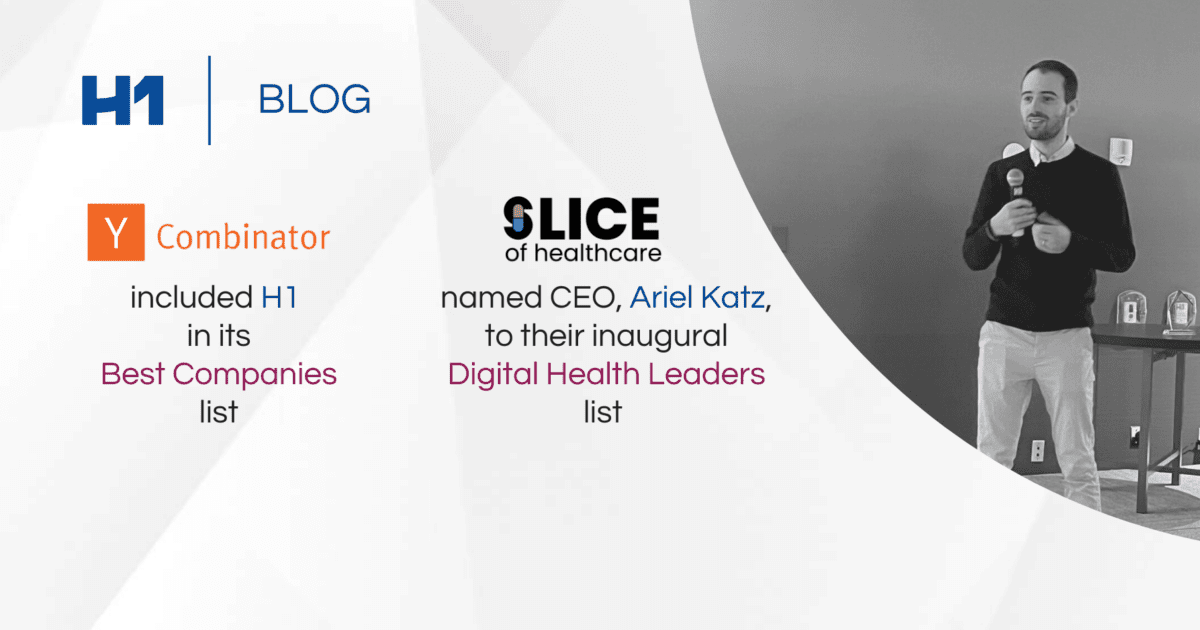Unlocking Value-Based Care: How Pharma & MedTech Companies Can Thrive in a New Age of Private Payers and Population Health

Three Part Series on Big Data, Big Business in MedTech: Part 3
The Downstream Impact of Full-Risk Programs
As the healthcare industry shifts to value-based care, private payers and population health are taking the lead in determining patient care. For pharma and med tech companies, this shift can be both a major challenge and an opportunity. In this blog post, we’ll explore why access to patients and physicians is more limited now, how to strategize holistically to promote utilization, and what risks these changes pose to revenue growth. This is especially relevant considering the recent announcement from Humana and a company called Aledade.
According to an article on the deal in Fierce, the two companies have a long-term working relationship, and, by the end of 2022, more than 100,000 Humana members were Aledade patients, according to an announcement.
Their partnership dates back to 2019 in several states, and, since then, the two have been able to reduce inpatient hospitalizations by 5% and readmissions by 12%.
Building on that existing work, the newly minted partnership will allow the two organizations to phase in current agreements as well as new statewide collaboration, which include a pathway to full risk.
The Rise of Value-Based Care Models
Similarly to this, the shift towards value-based care has been driven primarily by private payers and population health initiatives, including the creation of accountable care organizations (ACOs). Private payers are increasingly focusing on value-based reimbursement models that reward providers for delivering high-quality, cost-effective care. Population health initiatives focus on providing better outcomes at a lower cost while ensuring equitable access to care across all populations.
For pharma and med tech companies, this shift poses both a challenge and an opportunity. The challenge lies in finding ways to meet the needs of these new reimbursement models, while the opportunity lies in developing innovative solutions that can help patients get the treatments they need faster, more efficiently, and at a lower cost. There are several steps pharma and medtech companies can take to ensure their products and services fit within the requirements of these changing healthcare systems:
 Developing System-wide Initiatives
Developing System-wide Initiatives
Pharma & MedTech companies should think beyond individual products or services when it comes to driving adoption within value-based programs. Instead, look for system-wide solutions that can be used across multiple practices and settings with minimal disruption to existing processes. This includes developing interoperable technology systems that allow data sharing between providers, payers, pharmacies, labs, etc., as well as systems for tracking patient outcomes over time.
 Utilizing Analytics
Utilizing Analytics
Analytics can provide valuable insight into how different interventions impact patient populations over time. Pharma & med tech companies should use analytics to better understand the effectiveness of their products or services within different patient populations and settings so they can develop targeted strategies for driving adoption within value-based programs.
 Engaging with Stakeholders
Engaging with Stakeholders
As healthcare shifts towards value-based care models, it’s important for pharma & med tech companies to engage with key stakeholders such as providers, payers, regulators, insurers, etc., to understand what works best in terms of driving adoption of products or services within these new systems. Engagement should include gathering feedback from key stakeholders about what strategies have been effective in other settings which could then be tailored for use within specific patient populations or programs.
Strategies That Turn Risk into Opportunity
These changes also bring added risks to revenue growth for pharma & med tech companies. For example, if there is not enough uptake on particular products or services due to lack of budget flexibility among private payers or if there is an unfavorable outcome related to one product or service than others on the market this could lead to fewer sales overall or reduced sales margins due to competition from rival companies offering similar offerings at lower costs/prices.
In addition, if population health initiatives are not managed correctly they could lead to unforeseen costs associated with unanticipated utilization of resources across different patient populations – meaning even greater losses in revenue growth potential due to increased overhead expenses instead of increased profits through increased sales volumes/margins!
The key is taking advantage of system-wide initiatives that drive adoption while utilizing analytics and engaging with stakeholders in order to create targeted strategies tailored specifically for different patient populations – all while managing risks related to potential losses in revenue growth due to escalating costs associated with unanticipated utilization – a tall order that could change the trajectory of healthcare.
You can find parts 1 and 2 of the “Big Data, Big Business in MedTech” blog series here:
Part 1: The Ultimate Guide to Selling Medical Devices and Medical Technology to Doctors in Five Steps
Part 2: Five Steps to Patient Journey Mapping for Medical Device and Medical Technology Sales
